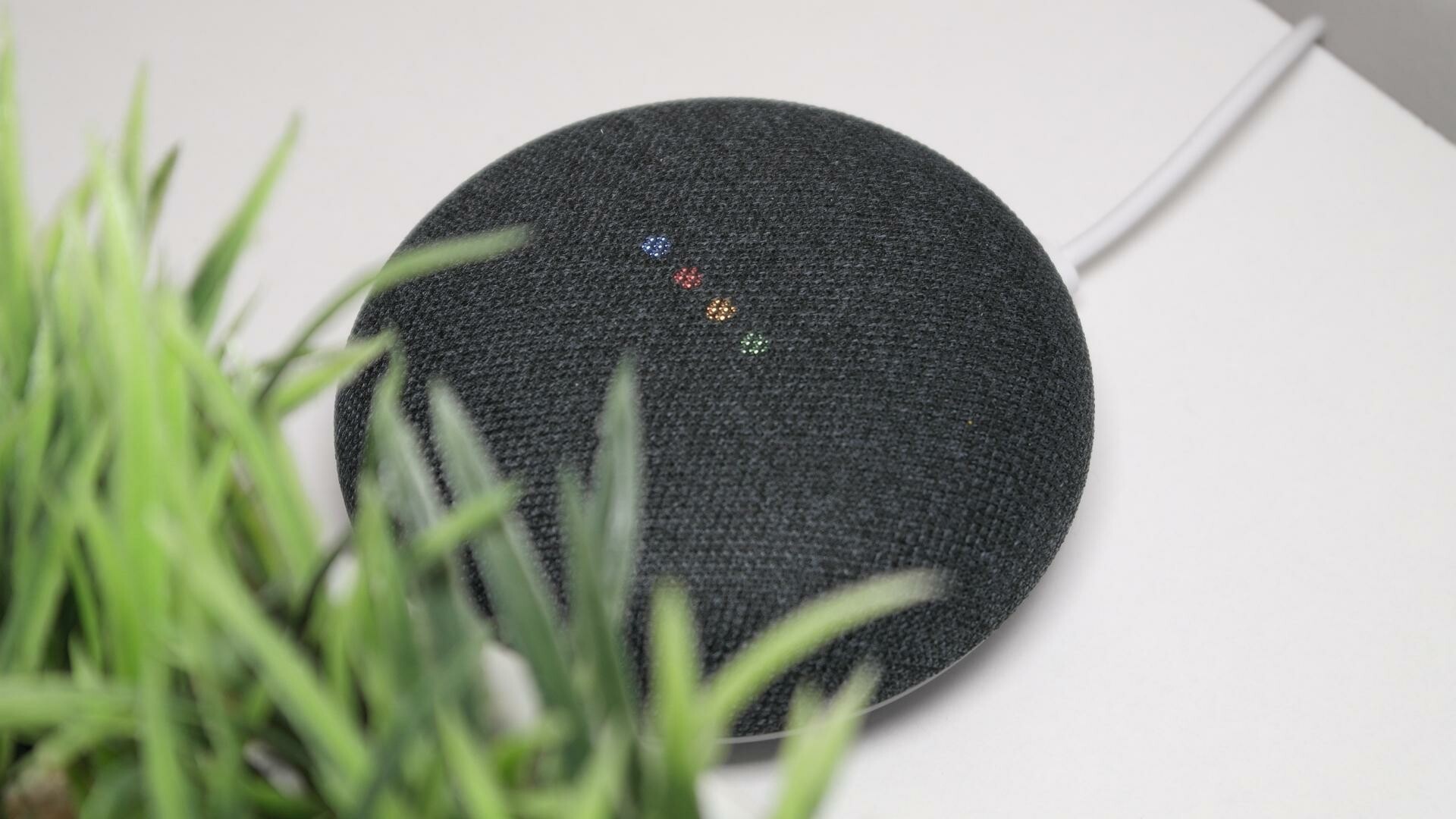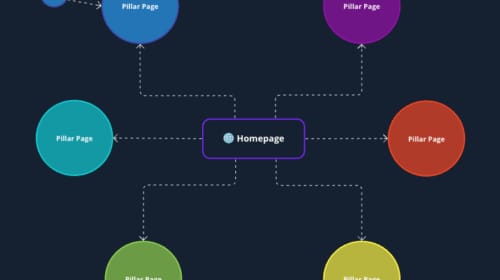In times of recession and an uncertain economy, 66% of business leaders indicated they’re scaling back their 2024 digital marketing budget. While this might be a good short-term solution to obtain some breathing space and compensate for a decrease in demand, it’s not a sustainable strategy.
Hence, it’s becoming more crucial for brands to apply an effective marketing strategy around a tighter budget.
Data plays an important role to guide brands on how to maximise the ROI. With marketing campaigns and ads flooding in consumers’ life, marketers need to ensure their marketing efforts are laser-focused on producing tangible results.
This is where result-driven marketing comes in. Using insights from our data partner GWI, we analyse the latest performance marketing trends that you could leverage on to build a more cost-effective marketing strategy.

#1 Predictive analysis – Forecast your potential customers
According to LinkedIn, 76% of marketers in APAC believe that AI will change the way they work in the next year. AI-powered predictive analytics will enable businesses to make data-driven decisions and optimise their marketing campaigns in real-time.
In 2024, many companies will utilise machine learning algorithms to analyse their customer behaviour and determine the most effective targeting strategies. Additionally, artificial intelligence will be used to create more accurate consumer demand forecasts and optimise ad campaigns.
What’s next?
AI can be used to predict customer behaviour such as churn, retention, lifetime value, and satisfaction based on their interactions, preferences, and feedback. This can help improve marketing, sales, and service strategies as well as offer personalised recommendations and offers.
For instance, Google Analytics 4 elevates conversion optimisation through the use of predictive metrics. One tool that utilises these metrics is called ’predictive audiences’. With machine learning, it can pinpoint users who are more likely to complete a purchase or generate substantial revenue in the upcoming days. This way, brands can allocate marketing resources more efficiently.
#2 Voice search – Voice search optimisation (VSO) is catching up with SEO
Another significant trend in 2024 will be the rise of voice search and its impact on search engine optimisation (SEO). Today, more than 1 in 4 people regularly use voice search on their mobile devices.
Voice search is changing the way people interact with search engines. Instead of typing a query into a search bar, users can simply ask a question out loud, and their voice assistant will provide them with the most relevant answer. 90% of consumers believe that voice search is faster and more convenient than text search.
What’s next?
With the growing popularity of voice assistants such as Siri and Alexa, brands must broaden their SEO strategy beyond text-based search and integrate a VSO game plan built to capture every spoken word and pattern. By incorporating conversational language, answering common questions, focusing on long-tail keywords, businesses can increase their chances of appearing in voice search results and capturing the attention of voice assistant users.
Meanwhile, you can’t ignore domain authority and traditional search rankings. They play a big role in the ranking of voice search results as well.
#3 Personalised Marketing – Consumers demand the brand to know them
A 2023 research by Twilio showed that 73% of consumers in APAC will stop using brands if their experience is not personalised. As consumers become more discerning, businesses must tailor their marketing messages to meet individual preferences and needs. Personalisation will not only enhance customer experiences but also drive customer loyalty and conversions. 91% of consumers in APAC say that personalised experiences increase their loyalty to brands.
What’s next?
In the era of personalised marketing, brands could leverage customer data to understand their preferences, purchase history, and browsing behaviour. By using this information, businesses can deliver targeted marketing messages that resonate with each customer on a personal level. Whether it’s through personalised email campaigns, customised product recommendations, or tailored social media ads, businesses can create a sense of exclusivity and relevance, making customers feel valued and understood.
For instance, Google Analytics 4 lets you break down your audience into segments based on key attributes like demographics and user behavior. You can use these automated insights to implement personalised content delivery strategies more effectively.
#4 Native advertising – Ads are looking more organic these days
As more internet users install ad-blockers, businesses must find innovative ways to engage with their audience. This could involve exploring native advertising that is less likely to be blocked.
Native advertising involves seamlessly integrating branded content into the user’s online experience. This can be done through sponsored articles, videos, or social media posts that provide valuable information or entertainment to the audience. According to a research from Outbrain, 75% of consumers trust content and recommendations seen on an editorial environment, vs. 54% who trust content and recommendations on the user-generated content of social media. Native advertising is considered the least intrusive form of advertising.
What’s next?
Native ads has proved to be the method which is more effective than the industry average at raising brand favourability, message association, and customer consideration. Brands have multiple choices on native ads, such as in-feed units on social media, paid search units on search engines, recommendation widgets on publisher sites or blogs, promoted listings on e-commerce sites, and AR filters on social media.
A few metrics to keep an eye on while measuring the success of native ads include engagement, clickthrough rate (CTR), cost per click (CPC) and cost per acquisition (CPA), and ROI. It’s important to track the right metrics based on your campaign goals.

#5 Social search – Youths love to search on social media
41% of APAC internet users say they mainly use social networks when researching brands and products. TikTok takes the place of the main search engine for users under the age of 21.
Business Insider reports that TikTok and Google are planning a global new partnership based on the integration of Google and TikTok search queries. Perhaps the connection between TikTok and Google will be able to give marketers a new effective promotion tool. Everything will depend on the type of interaction and whether it will be possible to integrate organically or for a fee into these search queries.
What’s next?
If your target audience has a strong presence on social media, especially the youth, you should consider social SEO to enhance brand’s visibility and credibility on social platforms. The first order of business is to optimise social media profile page. Add the most important keywords relevant to your business, product or services into the copy in the description section. In terms of day-to-day posts, strive to make the content valuable and share-worthy with compelling captions and appealing visuals, as this can help boost engagement and widen your audience.
Related content: Social Media Content: What’s new and how to improve
#6 Privacy & data protection – Zero-party and 1st party data to help with personalised marketing
Consumers in Asia want more control over their customer data, with identity data being the top priority. With increased data privacy and security worries, digital marketers must adapt to more vital legislation and customer expectations in 2024. 44% of consumers in Asia have stopped purchasing from a brand after their expectations for data privacy and transparency weren’t met.
Zero-party data collecting and privacy-focused advertising will become more popular. This would help businesses to create trust with their customers while providing individualised experiences. Based on Twilio’s study, 92% of marketers in APAC are already collecting zero-party data, primarily through surveys (58%), social media polls (52%), and email campaigns (51%)
What’s next?
Brands must speed up 1st party data collection strategies as part of a holistic media approach. This involves having a clear value exchange where the consumer is getting tangible unique benefits for sharing data. Companies are discovering innovative ways to incentivise customers to share personal data. For example, New World Club, a loyalty program under the leading Hong Kong conglomerate New World Development, gamified 1PD collection using a “personality test” encouraging members to share their data to receive “personalised services” based on their profile.
Key Takeaways
Adapting your marketing strategy for the future is crucial to staying ahead of the competition. In 2024, businesses must be agile and willing to embrace change. This means proactively and ethically collecting consumer data, regularly evaluating marketing strategies, monitoring industry trends, and making necessary adjustments.
In addition, investing in the right digital marketing tools is essential for success. From marketing automation platforms to data analytics tools, businesses must equip themselves with the latest technologies that will streamline their marketing efforts and provide valuable insights.
Building a team with the right digital marketing skills is also paramount. In 2024, digital marketing will require a diverse skill set, including expertise in AI, SEO, content creation, and data analysis. Businesses must invest in hiring and training professionals who can navigate the ever-changing digital landscape.
Curious about the trends impacting your brand? Watch our Webcast: Lifting Brand Awareness with Data-Driven Strategy, or get in touch with our data and insights specialists here.





